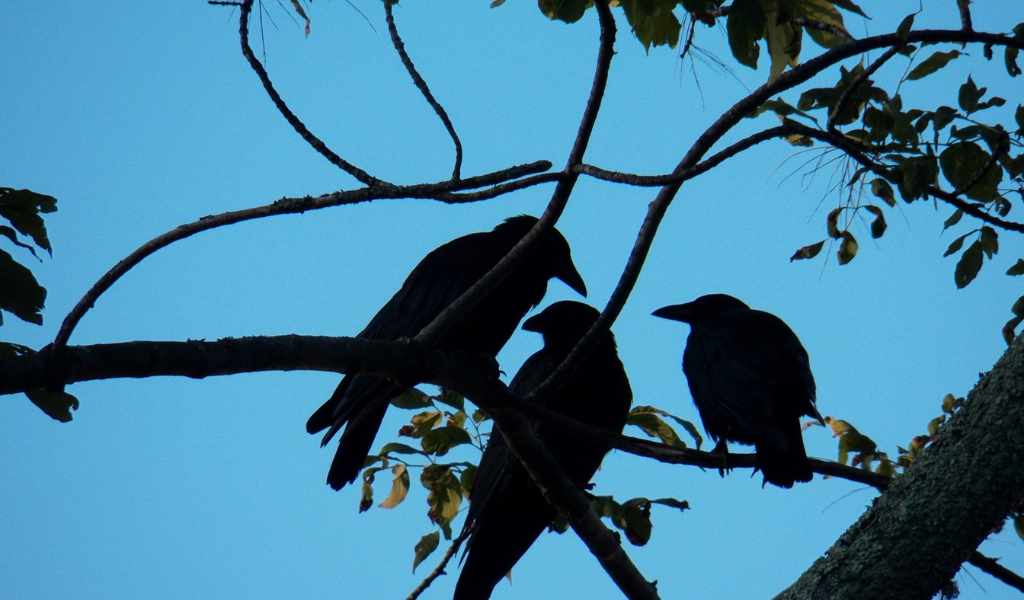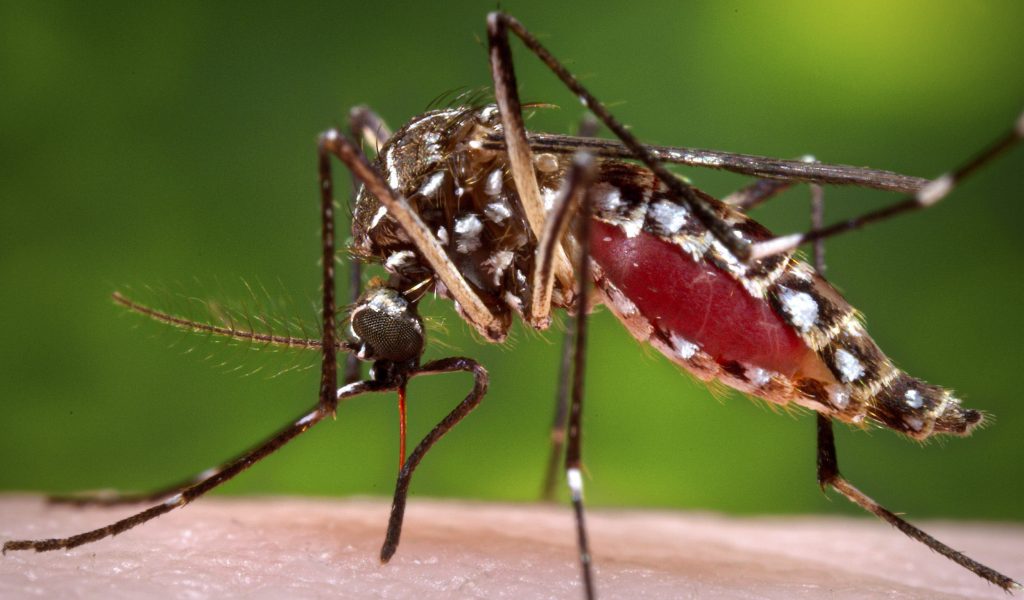How Mosquitoes Impact Bird Populations and Our Ecosystem
Imagine walking through the streets of New York City on a hot August day and seeing dead crows distributed across large areas. This is a real-world event that occurred in 1999. Scientists did not understand the reason for the sudden deaths among crow populations, but later discovered their brains and organs suffered severe bleeding. Soon after, they identified a correlation between the abrupt crow deaths and unexplained neurological symptoms afflicting human several patients at a local hospital. Both the crows and sick patients contracted a disease that had never before been detected in the United States – West Nile virus (WNv).

How Mosquito and Bird Interaction Amplifies West Nile Virus
The delicate balance of ecosystems relies on a complex web of interactions between species. Among them, the relationship between birds and mosquitoes is often overlooked. The mosquito species Culex pipiens was determined to be the most likely source of the virus. Though this species had been in the country well before 1999, new Culex pipiens mosquitoes may have carried the disease over through global travel or the trade of goods like exotic plants. WNv could also have been brought into the United States by migratory birds and then transmitted by local Culex pipiens mosquitoes. WNv has a complicated life cycle, requiring amplification in birds before being transmitted to people. For a person to become infected, they must be bitten by a mosquito that has previously fed upon an infected bird.
Birds and Mosquito-Borne Diseases

In addition to WNv, birds are susceptible to several of the same mosquito-borne diseases that impact humans, including Eastern Equine Encephalitis and St. Louis Encephalitis. Through their diverse interactions and migratory behaviors, birds can spread diseases rapidly among their populations, including other bird species. In fact, more than 300 bird species across the globe can become infected through mosquito bites or by consuming infected mosquitoes or other sick birds.
The Spread of West Nile Virus in the U.S.
Since being introduced in 1999, WNv infection has become the most common mosquito-borne illness in the United States, with human and non-human cases reported in almost every state. Though most people who contract the virus do not display symptoms, more severe cases can cause flu-like symptoms, neurological problems, and death. Because only a small number of WNv cases are reported, the Centers for Disease Control estimates that the actual number of illnesses may be two to three times higher than reported. Most cases occur during the summer, reaching their highest numbers in early autumn. Around 25 mammal species and at least 2 reptile species have been identified as hosts to the virus.
Advancements in Understanding and Controlling West Nile Virus
Luckily, scientists have learned significantly more about WNv since 1999. We now know it can be carried by more than 150 mosquito species, but Culex pipiens, Culex tarsalis, and Culex quinquefasciatus remain the primary WNv vectors. Many government agencies have established surveillance programs to monitor the spread of mosquito-borne diseases among bird populations. These efforts go hand-in-hand with the proactive efforts conducted via Integrated Mosquito Management programs, which include surveillance and data collection through trapping and disease testing, as well as the application of EPA-registered larvicides and adulticides when mosquito control measures are required.
The Role of Public Education and Prevention

Public education is also paramount in detecting diseases early on, so swift action can be taken to preserve public health. Sightings of dead birds should be reported to local wildlife agencies. Homeowners can eliminate the habitats where Culex pipiens mosquitoes tend to develop by eliminating standing water around their properties. Flowerpot saucers, outdoor pet bowls, buckets, bird baths, and clogged gutters are common sources of standing water. Education about personal protection is also essential. Community members can reduce their risk of infection by applying EPA-registered insect repellents, wearing pants and long sleeves, and avoiding the outdoors around dawn and dusk, the hours of peak mosquito activity.
The event of 1999 is a stark example of the devastating impact mosquitoes can have on bird populations, local ecosystems, and the public. It’s crucial to stay ahead of disease transmission through continuous monitoring, research, and public education. Contact the mosquito management experts today to start designing your Integrated Mosquito Management program.
Contact Us to Build Your Mosquito Management Program:
 Since 1992, Vector Disease Control International (VDCI) has taken pride in providing municipalities, mosquito abatement districts, industrial sites, planned communities, homeowners associations, and golf courses with the tools they need to run effective mosquito control programs. We are determined to protect the public health of the communities in which we operate. Our mosquito control professionals have over 100 years of combined experience in the field of public health, specifically vector disease control. We strive to provide the most effective and scientifically sound mosquito surveillance and control programs possible based on an Integrated Mosquito Management approach recommended by the American Mosquito Control Association (AMCA) and Centers for Disease Control and Prevention (CDC). VDCI is the only company in the country that can manage all aspects of an integrated mosquito management program, from surveillance to disease testing to aerial application in emergency situations.
Since 1992, Vector Disease Control International (VDCI) has taken pride in providing municipalities, mosquito abatement districts, industrial sites, planned communities, homeowners associations, and golf courses with the tools they need to run effective mosquito control programs. We are determined to protect the public health of the communities in which we operate. Our mosquito control professionals have over 100 years of combined experience in the field of public health, specifically vector disease control. We strive to provide the most effective and scientifically sound mosquito surveillance and control programs possible based on an Integrated Mosquito Management approach recommended by the American Mosquito Control Association (AMCA) and Centers for Disease Control and Prevention (CDC). VDCI is the only company in the country that can manage all aspects of an integrated mosquito management program, from surveillance to disease testing to aerial application in emergency situations.

